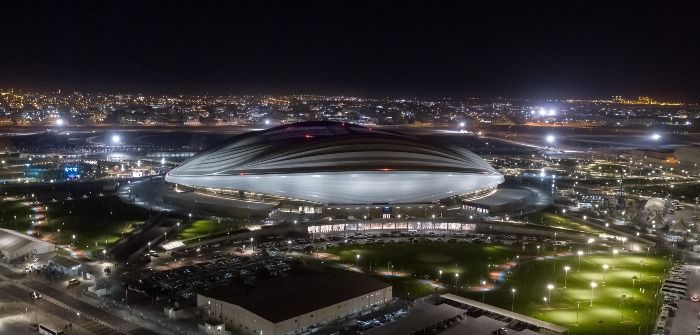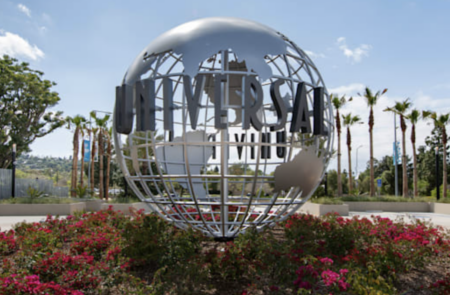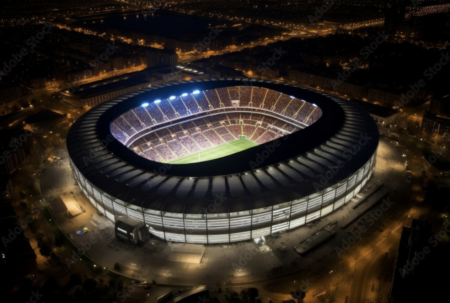The Al Janoub Stadium, which was the first new venue to be commissioned for the 2022 FIFA World Cup, has seen action for the first time by hosting the Amir Cup final of the Qatar Stars national football league.
The futuristic 40,000-seater stadium designed by Zaha Hadid Architects was inaugurated on May 16, 2019 for the event where fans got to experience for the first time the venue’s striking shape, intricate finishing, and air conditioned seating bowl.
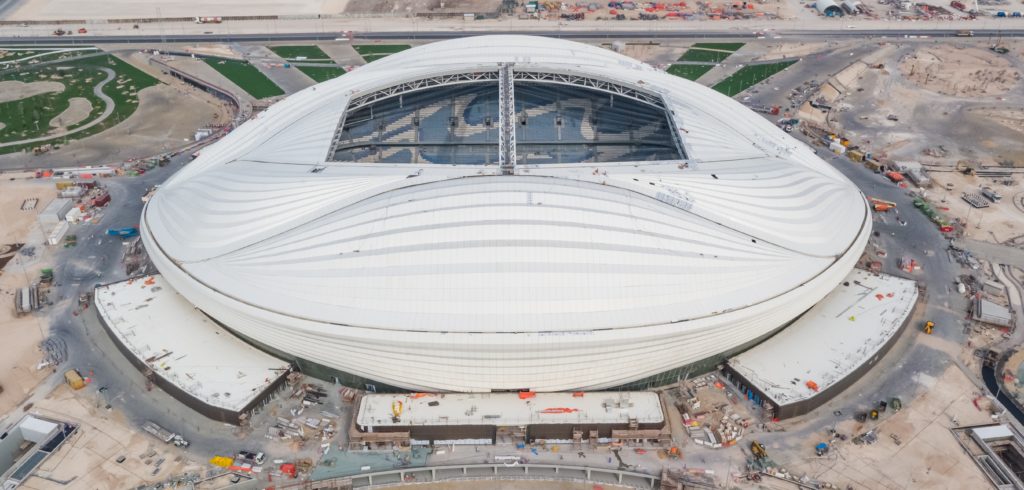
Al Janoub Stadium, located in Al Wakrah City, has been in the works since 2013 and is the second stadium to open its doors that was built from scratch in preparation to host the 2022 World Cup.
The celebrated inauguration was attended by 36,678 spectators, FIFA president Gianni Infantino, as well as soccer stars and his Highness the Amir, Sheikh Tamim bin Hamad Al Thani.
Taking inspiration from its surrounding coastal area the design of the stadium’s roof reflects the hulls of traditional dhow sailing boats. The facades of the stadium are slanted outwards, tapered in elevation and reminiscent of the pleating of a dhow’s sails. The image of the dhow is further emphasized through the large overhang of the stadium’s eaves that incorporates strips of metal cladding reminiscent of the timber structures used in a dhow.
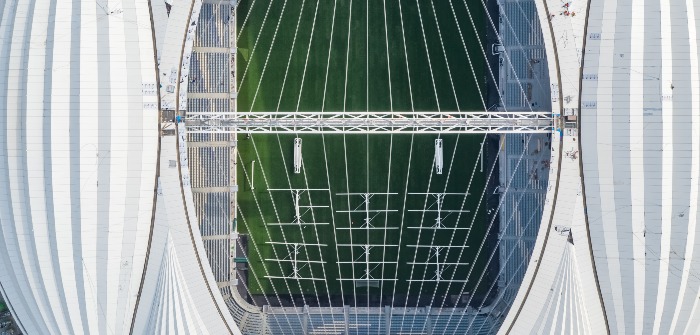
The stadium has an operable roof designed by Schlaich Bergermann Partner and a seating bowl cooling system that enables the stadium to be used during Qatar’s summer months. The operable roof has been designed using pleated PTFE fabric and cables. When it’s deployed, the roof operates like a sail to cover the oculus above the field of play and create a sheltered environment for soccer during the summer. Passive design principles along with computer modeling and wind tunnel tests were used to maximize the effectiveness of the physical enclosure to ensure player and spectator comfort.
Elsewhere to mitigate heat, the external cladding materials are deliberately selected from a limited palette of materials and choice of colors; namely white for the roof and wall cladding, and darker colors for the areas below the eaves, including the lower level curtain walling with its ornamental lattice screen print that provide shading.
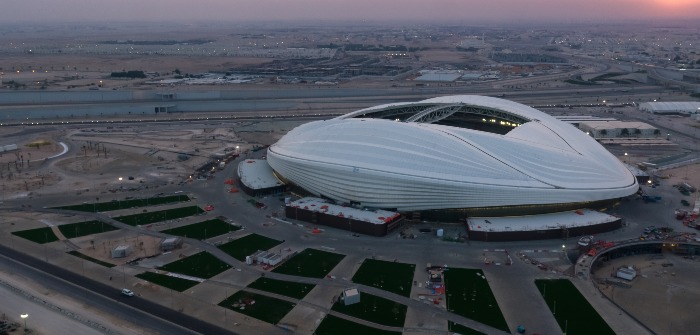
Perhaps the most significant aspect of the Al Janoub Stadium is how it has been created with a sustainable approach. The 40,000 seats will be reduced to 20,000 following the tournament and donated to developing nations. This demountable approach helps to eliminated issues of legacy where oversized venues host half full capacities in stadia that are not fitting for future use. The smaller-sized Al Janoub Stadium will be home to the Al Wakrah Sport Club professional football team.
As well as hosting sport, the stadium has been designed in conjunction with its new precinct to sit at the heart of an urban extension of the city, creating community-based activities in and around the stadium on non-event days.


